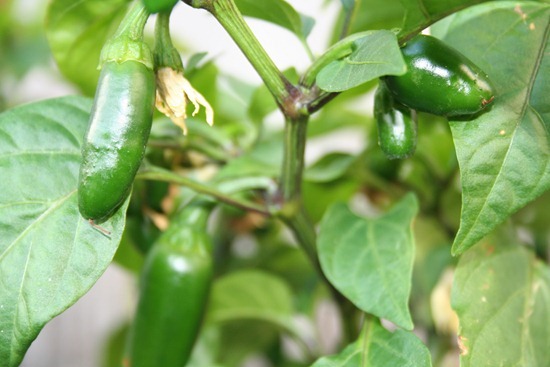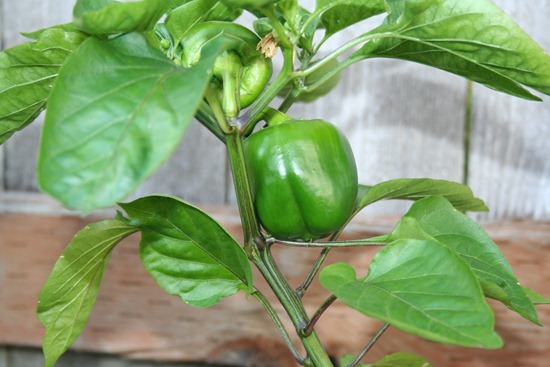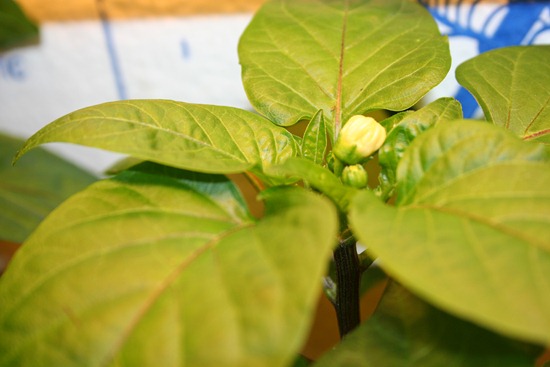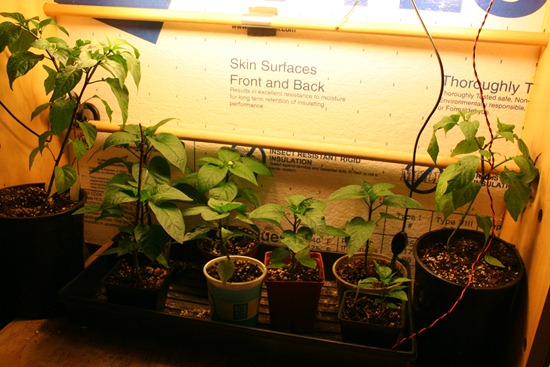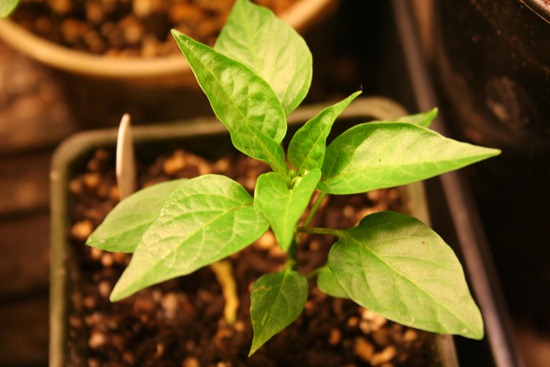How to make chipotle pepper powder (smoked Jalapenos)
13.7 years ago chipotle, jalapeno, smoker
In my last post I talked about my quest for a cheap smoker to make some of my own chipotle pepper powder. Typically chipotle pepper powder is made using red ripe jalapenos and smoked for about 24 hours.
Given my lack of ripe jalapeno peppers (had 3 small ones) and it being the beginning of August I opted to make an alternate variety of brown chipotle powder. While picking pecks of jalapeno peppers I also noticed I had some sweet peppers with no plans so decided to use them to make some sweet smoked paprika.
I started by splitting the jalapeno peppers from step to end (leaving other side attached and pulling them apart slightly. If you want a little less heat you can scrap out the seeds and membrane they are attached to, but given my current tolerance to peppers I probably wouldn’t really tell the difference so I kept them in.
I then sliced the sweet peppers into slices in approximately the same width as the peppers with hopes they would end up drying about the same time (should have gone a little wider then pictured below.
With the pepper neatly arranged on my Brinkmann Smoke’N Grill Charcoal Smoker and Grill (El Cheapo Brinkmann aka ECB) it was time to start smoking. Though you can smoke peppers and many temperatures, from my research traditionally they are smoked at 125F using hardwoods such as hickory, pecan, apple (or other fruit woods) I personally went with a combination of hickory and apple wood.
With the little experience I have done with my new smoker, I decided that doing this with charcoal (if even possible) would lead to a lot of smoker tending and much lost sleep. This led me to pick up a $10 electric hot plate at my local Bartell Drug Store and a heavy duty pie pan at a thrift store for $0.50.
Next I placed the electric hot plate and pan with a handful of wood chips (soaked for 30 minutes) on a small cinder block and placed my smoker (fire/water pan removed) over the my heater contraption. After playing with the variable temperature on the hot plate I found that about Medium/Medium High produced some decent smoke as you can see in the video below (this is a little too much I turned it down just a hair after recording video)
After closing everything up the smoker was cooking at a perfect 125F, now this would be terrible for BBQ meat but perfect for smoking peppers. Ever 3-4 hours (when smoked stopped) I emptied the ashes out of the pan and added new water soaked chips and waited.
After 16 hours in the smoker, I decided that was enough and here are how the peppers looked before moving them to the food dehydrator to complete their drying process.
I wanted to use the peppers for powder so I made sure they were very brittle and I moved them out into the dehydrator at 130F for about 20 hours. Though for softer leathery peppers could be used in sauces (chipotle adobo sauce) you could leave them in for about 12 hours for slightly softer peppers.
Green Jalapeno Peppers (Meco “Brown” Chipotle Peppers)
Red Jalapeno Peppers (Morita Chipotle Peppers)
Sweet Peppers (Smoked Sweet Paprika)
Just for fun I decided to combine a couple of each variety into my Magic Bullet with the grinding attachment and made some powder which I am storing in an old spice container. The rest I stored in a Ziploc bag.
How to use chipotle peppers
- BBQ Spice: Good addition to injections or for food that does not have the advantage of staying on the grill long enough to get a nice smoky flavor (steaks/hamburgers/chicken)
- Chipotle Mayonnaise: Take a cup of mayo and add 1/4 to 1/2 tsp. of chipotle powder to give a very different flavor to your traditional mayonnaise.
- Chipotle Salt: With flavored sea salts becoming so popular lately, you can save some money by just adding 1.5 to 2 tsp. of chipotle powder to 1 cup of sea salt. This along with a little freshly cracked pepper is a very simple seasoning for a great tasting steak.
- Chipotle Adobo Sauce: Add 1 tsp. of chipotle powder to 1/4 cup of ketchup to make your own great tasting chipotle adobo sauce.
- Pizza Sauce: Like the taste of wood oven pizza but lack the wood oven. Add a 1/2 tsp. of Chipotle powder to 1 cup of pizza sauce for a wood oven baked flavor.
- General: Add to soup, salsa, spaghetti, chili, tacos, salad, vegetables, breadsticks, sandwiches, or anything else you want to add a little spicy and smoky flavor.
Closing Remarks
As you can see this little spice is very versatile and has many uses on your outdoor grill and/or kitchen. Like most spices your chipotle powder should last for 12 months in a sealed container, but you can keep the flavors more potent by keeping the peppers intact and only grind them when you need to use it (or will use it in the next month or so).
Building a BBQ Smoker
13.7 years ago cheap, jalapeno, smoker
After many suggestions that I should smoke my jalapeno peppers in comments of my making jalapeno pepper powder post, I decided to give it a try. After doing a little looking most recommendations say to use a new or very clean smoker so this eliminates using my propane grill as smoker and an excuse opportunity to make myself a smoker.
After a little research on the internet I determined my two potential proposed homemade smoker solutions.

First is Anton Brown’s flower pot smoker, which takes a couple of terra cotta pots and a 16 inch grill. This is electric powered using a hot plate topped with a pie pan full of wet wood chunks/chips.
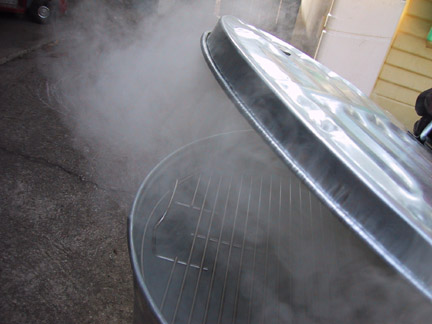
The second design I liked was the aluminum trash can smoker design, which is basically the same idea as the flower pot design except (obviously) you use a garbage can instead of the flower pots. You use the hot plate and pie tin in the same manner.
Armed with my design ideas in my head I was off to my local home improvement store to pick up some materials. I first started with the flower pot design but I couldn’t find the azalea pot bug enough to cover the bottom terra cotta pot, nor a grill to fit. That along with the estimated prices being $60-70 dollars not even including the electric heater.
Optimistic I checked out the aluminum garbage cans, though there was a similar problem of not being able to find a grill to fit right. I thought about creating a couple supports using metal rods or attaching with a few pieces of wire. In the end the cost of the can/grill minus the electric heater was about $50-60 and I get the great aesthetics of a garbage can smoker in my back yard.
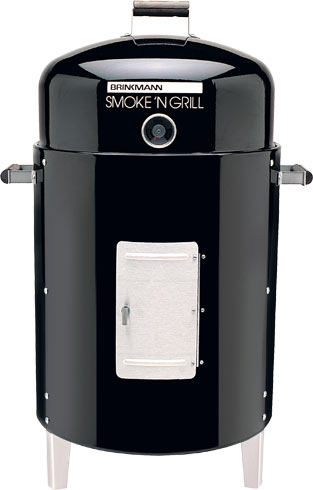
This led to my eventual purchase of the Brinkmann Smoke’N Grill Charcoal Smoker and Grill for $40 or as it is affectionately known online as the ECB (El Cheapo Brinkmann) Though not as DIY as the previous two versions but given it was cheaper, looks a little better in my backyard, and I have the option of cooking with charcoal seemed like the obvious choice.
Though the hacker in me could not resist making a couple of minor modifications. First I added a real thermometer given the Warm/Ideal/Hot was a little lacking in specific information.
Second I used some of my leftover wire from the construction of my soil sieve cut to size with the corners bent to elevate the charcoal about an inch from the bottom to allow the ashes to not smother the lit coals.
I completed the 2 hour curing process using charcoal and will be smoking some peppers this labor day weekend, so stay tuned.
Peppers: Good, Bad, And Ugly
13.7 years ago jalapeno, peppers
The jalapenos are doing great, they are loaded with peppers and I already harvested some to make some jalapeno powder.
The Cayenne peppers are looking good and though they are a little late, I am just waiting for them to just begin to change color before I dry them and make some cayenne powder.
The bell peppers are not doing quite as well the ones above have a pretty bad sunburn.
Not quite as bad a sunburn…but still a waste.
Not sure what this one is…any ideas?
Tags: pepper
How to make jalapeno pepper powder
13.8 years ago dehydrator, jalapeno, peppers, Uncategorized
Other than gardening I also enjoy cooking manly foods such as chili and BBQ rubs. One seasoning I have heard being used for both recently was jalapeno pepper powder. Not seeing any in local stores and having an abundance of jalapeno peppers in my garden I decided to attempt to make my own.
1. First picked some nice green jalapeno peppers from my garden, I chose to use young green ones but you could also use more ripe red ones for a different and less spicy flavor.
2. Next I cut the ends off the pepper, split them in half, and removed any seeds. After a little trial and error I noticed that if I cut perpendicular to the line in the middle of the pepper (see below) it was much easier to remove the seeds
3. I then placed the halved peppers in a plastic tray and put them in my dehydrator at 90F for 24 hours until they were brittle (when you break them in half they snap with minimal bending) with no soft or moist areas.
Tip: For difference flavor you can dehydrate at a higher temperature to roast/cook them a little but you will lose some of their heat.
4. Place your dried peppers into a blender or spice grinder and pulse until they create a fine powder.
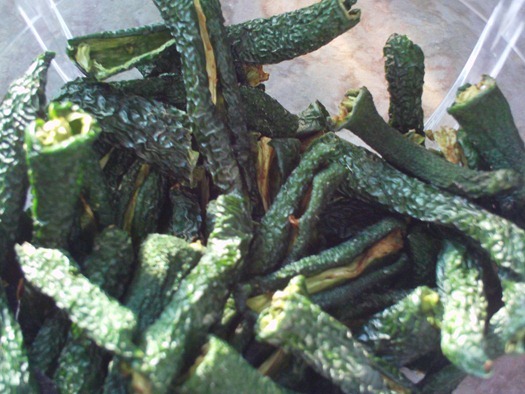
Be sure to let the powder settle some and be careful to not inhale the powder, though much less heat then some of its pepper cousins (see chart below) getting a nose full of jalapeno pepper powder is not a pleasant experience (I did try this not too painful, though should have a nice little coughing fit).
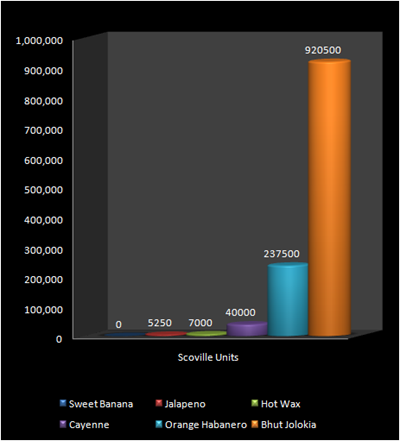
5. Finally carefully pour powder into a airtight container and store for 6-12 months.
As I mentioned above you can use this in meat rubs and chili but also can be used anywhere you may use other pepper powders. Some ideas I am thinking about is complement to Mexican foods, omelets, popcorn, and potatoes.
More Early peppers
13.8 years ago jalapeno, peppers
The tomatoes have been lacking this year though the peppers are still doing great.
Under normal circumstances this would make no sense at all but the secret with this success is the two months this summer these peppers have been spending in the grow box with their perfect temperature and lighting conditions…otherwise there is little hope for me growing peppers in my short season here in the Pacific Northwest.
Growing Pepper Plants Indoors
13.9 years ago Bhut Jolokia, indoor growbox, jalapeno, peppers
Pepper plants need specific environmental (temperature and humidity) conditions to establish growth and create high yields. If the temperatures get too low it will stunt its growth or not produce blossoms, when the temperatures get too high the plant will drop it blossoms resulting in no or reduce yields.
The perfect temperature range for peppers is between 70 and 80 degrees F for Bell peppers and hot peppers can handle a little warmer temperatures up to 85 degrees. If their environment gets below 70 degrees the plants will struggle, which given even in August we don’t hit an average of 70 degrees F for any success a greenhouse, hot box, or a growbox is requirement. If you are a frequent reader of this site you probably already know I go with the last option.
With a few CFLs (or incandescent if extra heat is needed) the peppers plants are happy in the growbox. With exception of once a week watering with a diluted fertilizer at 50% recommended on the box they pretty much take care of themselves. If we do get a nice warm day I will bring them out for some natural light. This also invites some natural organic pest control of any aphids which may have found their way into the growbox. When the plants begin flowering this also gives some bees an opportunity to do a little pollination, this can be done by hand with a paint brush or Q-Tip though my success rate is much less than the bees, though they have been doing this for millions of years…I am still a little new at this
As mentioned above controlling the proper temperature is critical, I do this with a combination of computer controlled fans and lighting to maintain the proper temperature, though this could also be achieved by using a $10 outdoor digital thermometer and a occasional adjustments to venting or fan control to maintain a good temperature range.
Last year I only grew jalapeno pepper plants, but this year I am also trying Cayenne, Sweet Yellow, and Bhut Jolokia pepper plants. Though it is quite a bit more work growing peppers in my area, I like challenges and to do things that others say can not be done, call me stubborn.
Tags: growbox
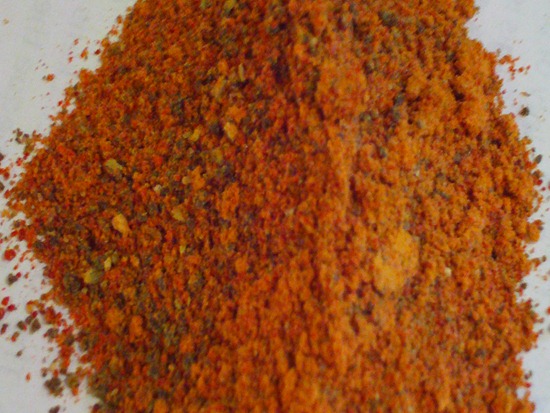
![010[4] 010[4]](http://www.cheapvegetablegardener.com/wp-content/uploads/2010/09/0104_thumb.jpg)
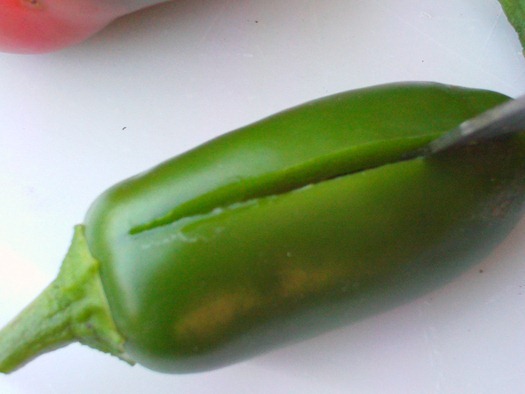
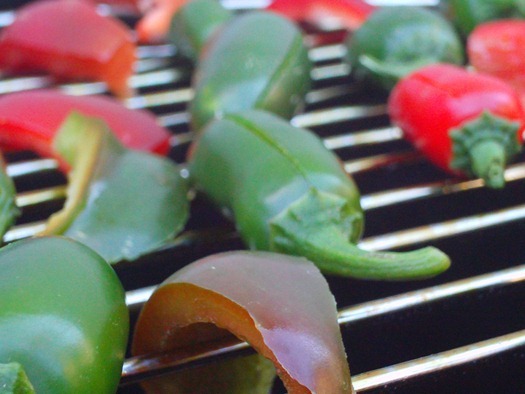
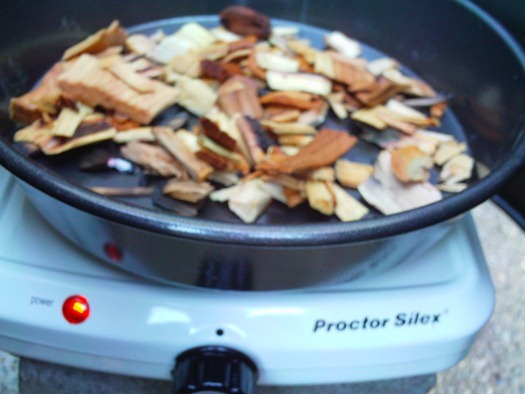
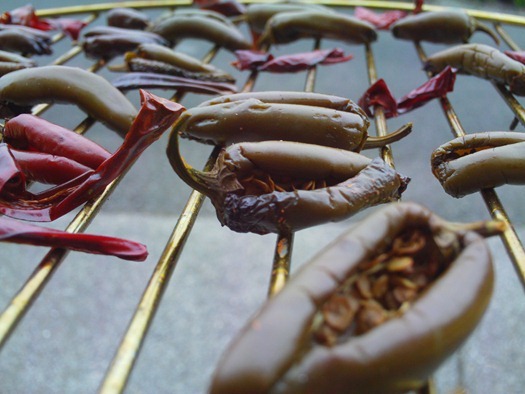
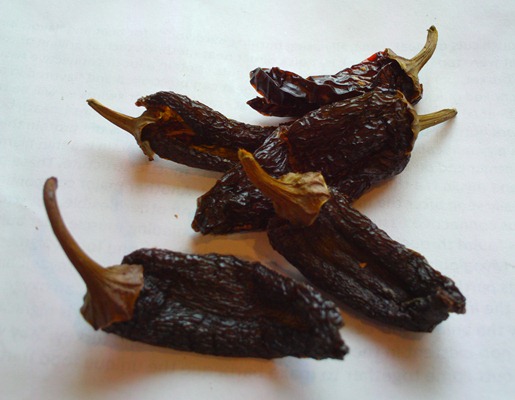
![029[5] 029[5]](http://www.cheapvegetablegardener.com/wp-content/uploads/2010/09/0295_thumb.jpg)
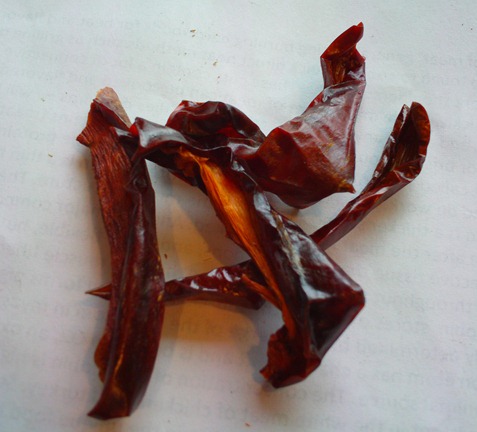
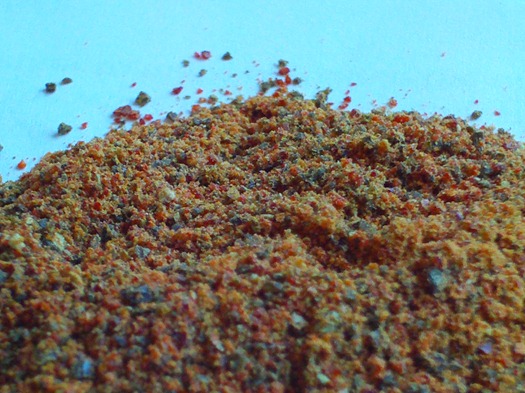
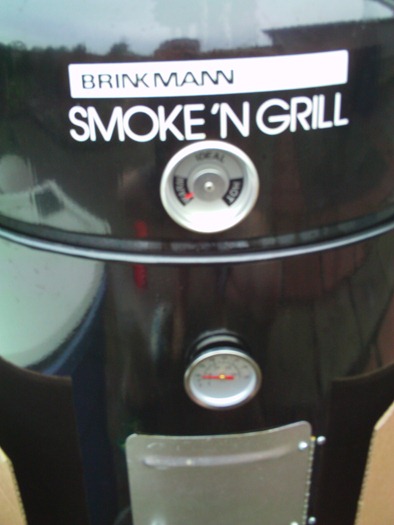
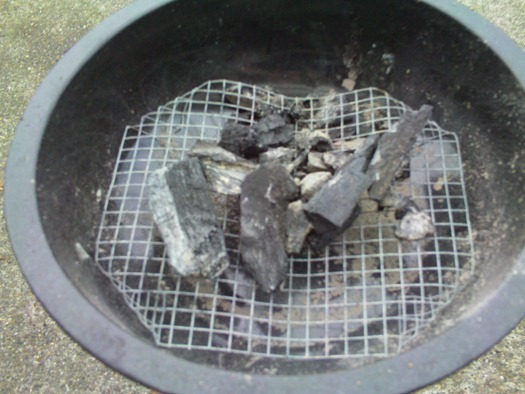

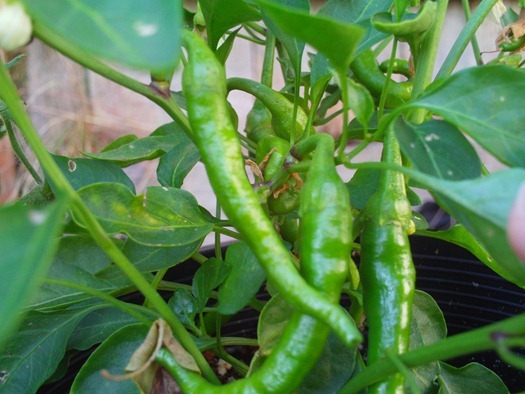
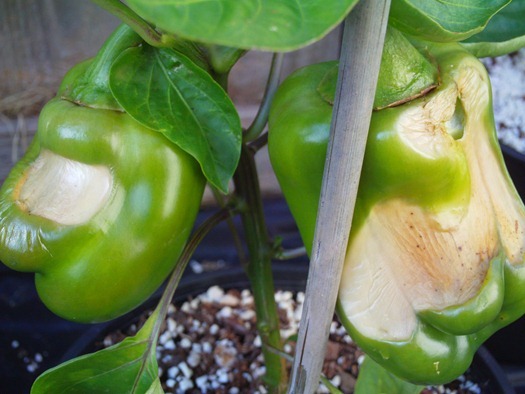
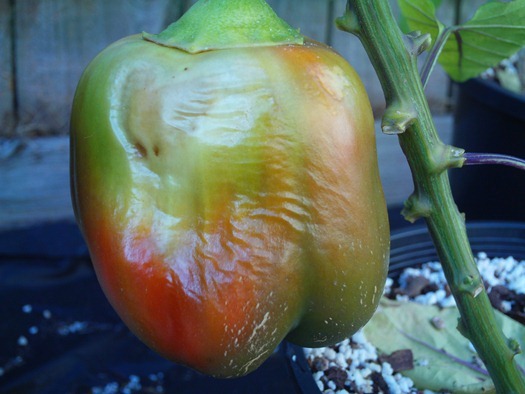


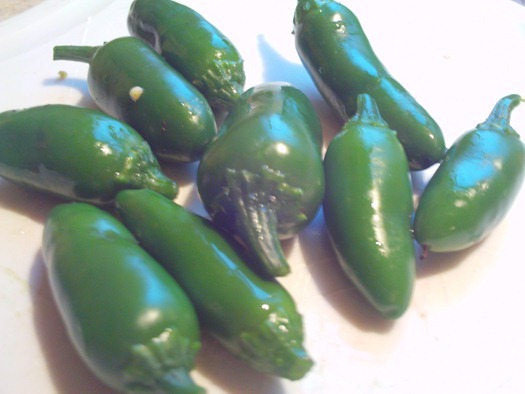
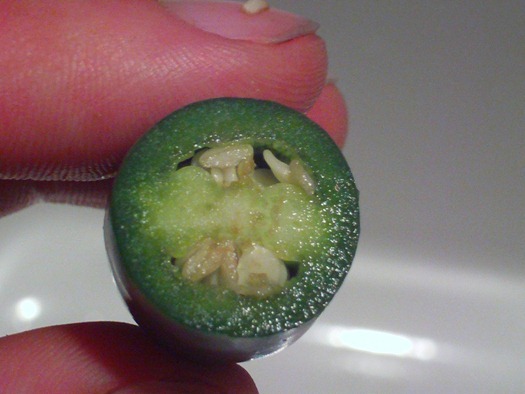

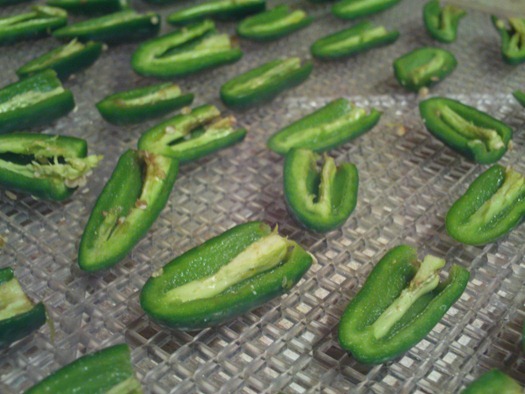
![009[5] 009[5]](http://www.cheapvegetablegardener.com/wp-content/uploads/2010/08/0095_thumb.jpg)
